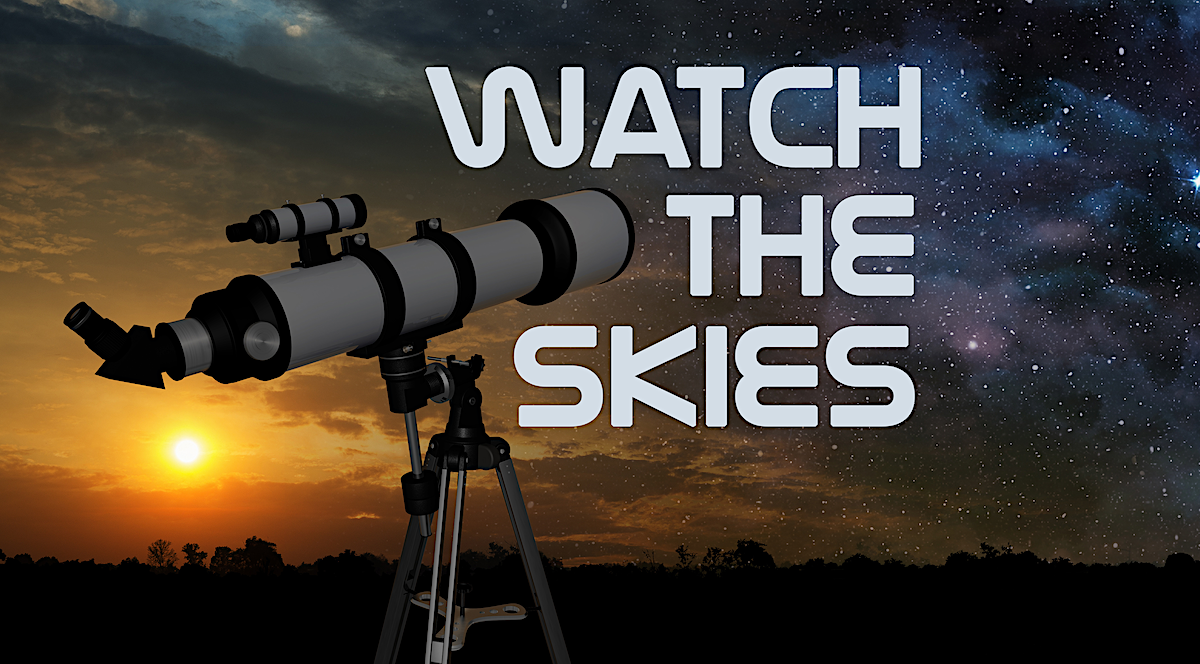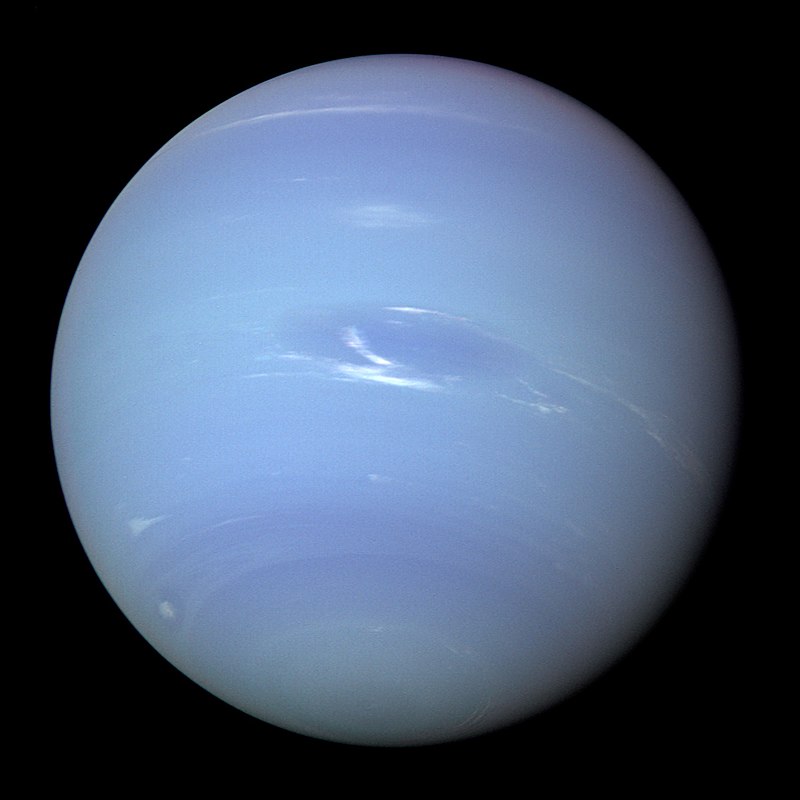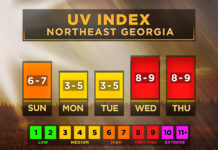
-Far out in the unfathomable reaches of our Solar System lies the last planet: Neptune.
Neptune was first noted by Galileo back in 1612, but he did not realize it was a planet. Due to an incredibly unfortunate circumstance he viewed the planet when it was moving “retrograde” or backwards in the sky relative to the stars around it, making it very difficult to determine as a planet. He never observed it again.
Then, in the early 1800s Alexis Bouvard recognized that the orbit of Uranus didn’t seem to line up with what was expected and he theorized there must be a large planet lying beyond it, the original Planet X. Over 20 years later a pair of astronomers named Johanne Galle and Urbain Le Verrier used mathematical predictions to finally find and observe the planet for the first time. This gives Neptune the distinction of being the only planet to have been known to exist before it was actually seen through a telescope. After its discovery there was a fight over naming between countries but eventually the name “Neptune” was settled on, after the Roman god of the Sea.
Neptune is essentially a nearly identical twin to Uranus. It is slightly smaller in diameter due to being slightly more massive (gravity pulls harder so the atmosphere is a little thinner). It is the third most massive (heavy) planet in the solar system behind Jupiter and Saturn. It takes over 164 Earth-years for Neptune to make a single orbit around the sun, meaning it was last where it is now back during the Civil War in 1857.

Neptune’s Composition: Much like its twin Uranus, Neptune’s atmosphere is largely Hydrogen and Helium, with increasing amounts of water, methane and ammonia as you get closer to it’s core. Unlike Jupiter and Saturn it is believed that Neptune (and Uranus) likely has a solid, small core of rock. One extremely bizarre fact about all the gas giants is that there may be diamond rain near the core where temperatures and pressures are high enough to form diamonds which then “rain” downwards. Its atmosphere is quite turbulent and images from Voyager in 1986 showed numerous storms ongoing at the time and Hubble has since observed several other large storms. Unlike Jupiter’s great red spot the storms on Neptune appear dark, great “dark” spots. These storms develop amongst extremely strong winds. Neptune holds the distinction of the fastest observed wind speeds in the solar system with winds topping out at a whopping 1300MPH.

Neptune’s Moons: Like the other giant planets Neptune has its fair share of moons. 14 moons have been discovered thus far. The largest among these is Triton which comes in just slightly smaller than our moon. Triton is an interesting object because it orbits “backwards” from other small moons around Neptune. This means that it was captured by the planet’s gravity rather than forming around it. From what we know about Triton it is very similar (and larger than) Pluto indicating it was probably from the same area of the solar system before it got caught by Neptune’s gravity. It is currently slowly spiraling towards the planet and in a few billion years it will be torn apart because of this. Neptune’s other moons are all irregularly shaped and significantly smaller.

Exploration: Neptune has only been visited once by spacecraft. Its extreme distance makes it a tough object to send a probe to but Earth and space based telescopes like the Hubble have done an excellent job keeping up with it. Voyager 2 visited the planet on its grand tour of the gas giants in 1989 but it only did a fly-by and studied both Neptune and a handful of its moons. Hopefully we can one day launch an orbital space craft to closely study this distant planet.
Other Fun Facts:
-Neptune gets brighter and darker as the seasons change. It got roughly 10% brighter from 1980 to 2020.
-Neptune’s moon Proteus is the exact maximum size an object can be before it collapses into a sphere under its own gravity.
-Neptune has rings! These rings are very small compared to Saturn and using Earth-based observations they seem to be very unstable. From the time Voyager visited to 2003 one of the rings showed substantial decay and will probably disappear entirely in the next 100 years or less.
-One reason for Neptune’s extreme winds is that the atmosphere around the equator rotates much faster than around the poles. A day at the equator lasts around 18 hour but only 12 hours at the poles.
Neptune is a highly interesting planet that we don’t really know all that much about. From Earth it is only visible through telescopes and appears as a tiny blue dot, just slightly larger than a star. Even through decently large telescopes no detail will be visible, just a blue disc.
With another week of clear skies in the forecast be sure to head out and look for Neptune, as well as all the other planets. Jupiter and Saturn are both high in the sky in the evening twilight with Venus still visible in the west but sinking each evening.
Have a great week and, as always, watch the skies!







